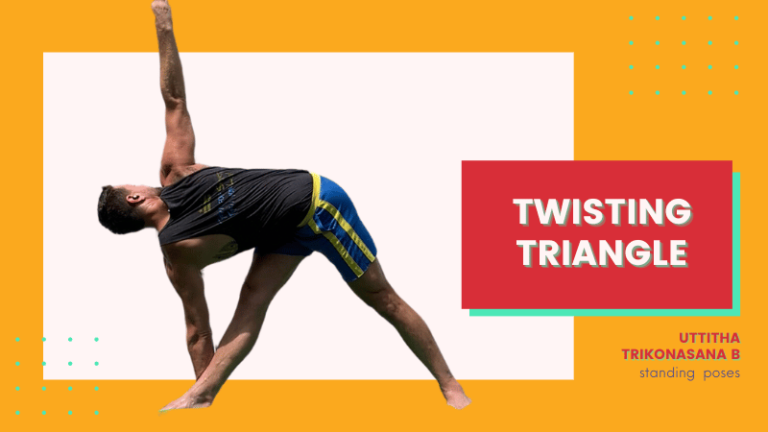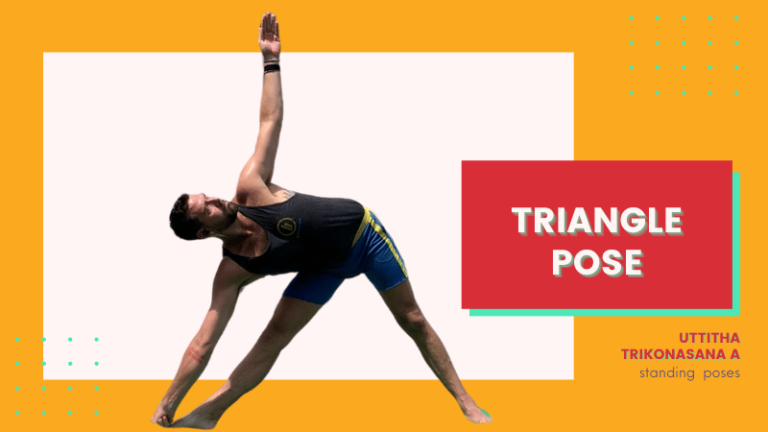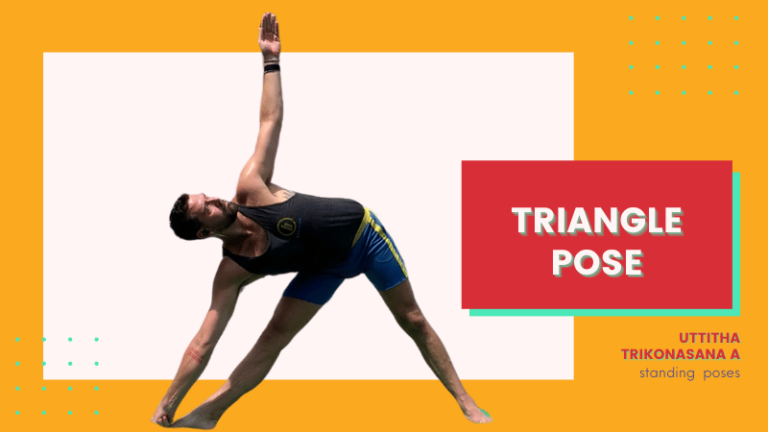Uttitha Parsvakonasa A Cues
Utthita Parsvakonasana, or Extended Lateral Angle Pose, is a dynamic yoga posture that seamlessly flows from its predecessor, Virabhadrasana II (Warrior II). It embodies a natural progression, akin to the “follow-through” of throwing a spear after assuming the stance in Warrior II. In this pose, the trunk transitions from an erect position to one that laterally flexes, creating a beautiful stretch along the entire side of the body.
Understanding the Pose Dynamics
Transitioning into Utthita Parsvakonasana involves several key actions. Begin by turning the back foot inwards and the front foot outwards to a ninety-degree angle. Straighten the back knee and externally rotate the hip, setting the foundation for the pose. As you flex the torso over the front thigh, focus on rotating the chest upward from the abdomen. This movement creates a dynamic interplay between the upper and lower sides of the body, allowing for a deep stretch.
Aligning the Body and Engaging Muscles
Notice how the shoulders and pelvis tilt in opposite directions, communicating through the spine. Anchor the back foot firmly into the ground while pressing the front foot down, distributing the weight evenly. As you tilt your face slightly upward and tilt the head back, maintain awareness of your breath.
Harnessing the Power of Breath
In Utthita Parsvakonasana, breath plays a crucial role in deepening the pose. Use the accessory muscles of breathing to open the chest and enhance inhalations. As you exhale, relax into the posture, allowing the body to sink deeper. The act of turning the body activates the abdominal muscles, working in tandem with the internal intercostals and the elastic recoil of the lungs to facilitate exhalation.
Cultivating Mindfulness and Presence
As you move through Utthita Parsvakonasana, remember to ease in and out of each breath, creating a rhythmic flow akin to waves on a beach. Embrace ujjayi breathing to enhance your focus and presence on the mat. With each inhalation and exhalation, immerse yourself fully in the experience of the pose, allowing your body to unfold and expand with grace and ease.
Internal Cues
- Back Foot Supination: Focus on the sensation of rolling the outer edge of your back foot slightly upward while turning it inwards.
- Front Foot Turn: Feel your front foot actively turning out to a 90-degree angle, grounding through the entire foot.
- Back Knee Extension: Be aware of straightening the back knee, feeling the stretch and strength through the back leg.
- Back Hip Movement: Sense your back hip extending and rotating externally, aligning your hips with the direction of your front foot.
- Trunk Flexion and Rotation: Notice the side of your trunk stretching as you laterally flex and gently rotate upwards, creating space in the waist.
- Lower-side Shoulder and Elbow Action: Feel your lower-side shoulder moving away from your ear as the elbow straightens, reaching energetically through the fingertips.
- Upper-side Arm Movement: Be mindful of the upper arm lifting, abducting, and flexing overhead with a straight elbow, creating a line of energy from your hip to your fingertips.
- Upper-side Forearm Pronation: Pay attention to the rotation in your upper forearm, turning the palm to face downward.
- Neck and Head Alignment: Tune into your neck, gently rotating the head to look upwards with a slight extension, aligning it with the spine.
External Cues
- Back Foot as Anchor: Imagine anchoring your back foot into the ground at a 30-degree angle, providing stability for the entire pose.
- Front Foot as Steering Wheel: Visualize your front foot as a steering wheel, guiding the direction and alignment of the pose.
- Back Leg as a Pillar: Picture your back leg as a strong pillar, supporting the weight of your body and keeping you grounded.
- Hip Opening to the Sky: Envision your back hip opening up towards the sky, facilitating the rotation and extension in the pose.
- Trunk as a Leaning Tower: Think of your trunk as a leaning tower, gracefully tilting and twisting towards the sky.
- Lower Arm as a Bridge: Imagine your lower arm extending as a bridge connecting your body to the earth, providing support and balance.
- Upper Arm as a Rainbow Arc: Visualize your upper arm forming a beautiful arc over your head, like a rainbow stretching across the sky.
- Forearm as a Compass: Picture your upper forearm as a compass needle, rotating to find the perfect alignment in the pose.
- Head as a Beacon: Imagine your head as a beacon, shining upwards, guiding your gaze and aligning your neck gracefully.







